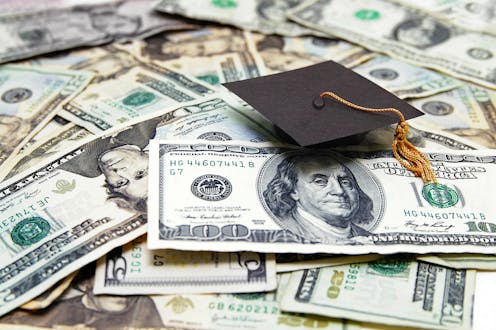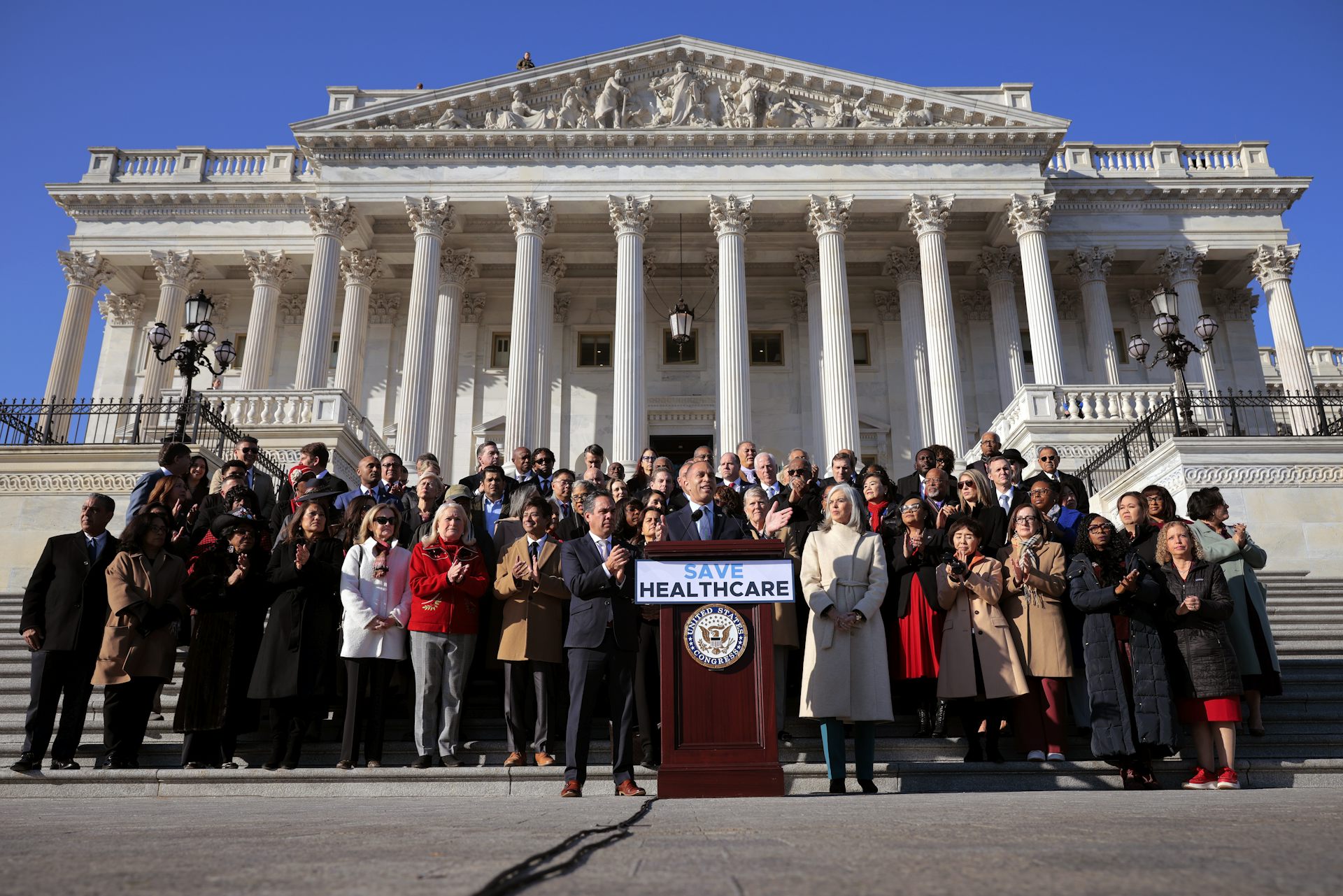Income-based repayment becoming a costly solution to student loan debt
The income-based repayment plan that lets borrowers pay back student loans based on their salaries is in jeopardy. The problem? The program proved too popular.

When Congress established the income-driven repayment for federal student loans back in 2007, it was touted as a way to help student loan borrowers save money by capping monthly payments at a certain percentage of a borrower’s income.
Since then, student loan debt has risen from US$500 billion to where it is now approaching the $1.5 trillion threshold. The federal government expects to forgive over $100 billion of the $350 billion in loans under income-driven repayment as of 2015. That means taxpayers are picking up the bill.
This has put the entire income-driven repayment system in jeopardy as there have been proposals by congressional Republicans and the Trump administration to reduce the amount of loans forgiven and end the Public Service Loan Forgiveness program, which is a special repayment option for people in public service fields. So far, these proposals have failed to become law, but expect to see them put forth again in the future as concerns about program costs continue to grow.
As a researcher who specializes in higher education policy and financial aid, here are some of my insights on how income-driven repayment works, why its future is now in jeopardy and some potential options that can protect the most vulnerable borrowers while also helping taxpayers.
How it works
Six months after they leave college, students who took out a federal student loan are automatically put into a repayment plan with fixed monthly payments over 10 years. This is similar to how mortgages and car loans work. However, repayment can often be a major burden for student loan borrowers who take low-paying jobs or struggle to find employment after college.

To address this issue, Congress and the Department of Education created a number of options during the George W. Bush and Barack Obama presidencies that tied student loan borrowers’ payments to their discretionary income, that is, how much money they have left after meeting their basic needs.
Most students who take out federal loans today qualify for a plan called Pay As You Earn. This plan – known as PAYE – limits monthly payments to 10% of a student loan borrower’s discretionary income for up to 20 years.
There are two requirements. First, student loan borrowers must fill out paperwork each year with their income to be eligible for income-driven repayment. In recent years, more than half of federal student loan borrowers have failed to complete the paperwork on time, putting them back into the standard plan. Second, if any part of the loan is not repaid within 20 years, the remaining balance is forgiven. But this forgiveness counts as income and taxes must be paid on it in that year.
Borrowers who work for government agencies and certain nonprofit organizations can qualify for Public Service Loan Forgiveness, which limits payments to 10% of discretionary income for as little as ten years with no income tax penalty. So far, just 1% of borrowers who applied for forgiveness have had their loans forgiven, but this rate will likely increase over time as the Department of Education gets better at managing the forgiveness process.
Problems abound
In some respects, the biggest problem with income-driven repayment is that too many people are taking advantage of it.
The share of students who reduced their loan balances by even one dollar within five years of leaving college has fallen from 67% to 51% over the last five years as low monthly payments under income-driven repayment mean that many borrowers’ balances are growing instead of shrinking. This has increased the projected price tag of these programs to the federal government well beyond expectations.

These programs tend to be used more frequently by borrowers with large debt burdens – especially those who have more than $100,000 in debt. Data from the Department of Education show that students who owe $100,000 or more make up just over one-third of all outstanding student debt but nearly half of all borrowers in income-driven repayment.
Trying to pay back $100,000 in student loans is certainly not easy, and I can speak from experience thanks to my wife’s law school debt. But most of the borrowers with large student debt burdens tend to be professionals with graduate degrees and reasonably high incomes. Many of the borrowers who have the greatest difficulty repaying their loans never earned a college degree and thus did not see substantial financial benefits from their investment.
What can be done?
As a researcher of student financial aid, my concern is that policymakers might throw the proverbial baby out with the bathwater and get rid of the entire income-driven repayment system.
In my view, a better way to stop borrowers with $100,000 in debt from getting most of the benefits is to limit the amount forgiven. This can be done by capping the amount of loans that can be repaid through income-based repayment or extending the repayment term.
President Obama proposed limiting Public Service Loan Forgiveness to the first $57,500 in loans, although this did not pass Congress. His administration also implemented a program that required graduate students to pay for five more years than undergraduate students.
The savings from requiring higher-income borrowers with large loans to repay more of their loans can then be used to help the most vulnerable borrowers. Students who dropped out of college after a semester or two could see their debt forgiven more quickly and without having to pay additional income taxes. This may be a tough political sell, but this could also encourage students – especially those who are the first in their families to attend college – to give college a shot.
Some of the money could also be used to support larger Pell Grants to reduce the need for borrowing in the first place. Cutting the total amount of loans forgiven in half would allow for an increase of about 20%, or $1,200 per year, in the maximum Pell Grant, which is $6,195 for the 2019-2020 academic year. This would help cover much of the tuition increases over the last decade and reduce student loan debt.
[ Like what you’ve read? Want more? Sign up for The Conversation’s daily newsletter. ]
Robert Kelchen does not work for, consult, own shares in or receive funding from any company or organization that would benefit from this article, and has disclosed no relevant affiliations beyond their academic appointment.
Read These Next
People are getting their news from AI – and it’s altering their views
Even when information is factually accurate, how it’s presented can introduce subtle biases. As large…
Autocracies in transition: In 2025, Cameroon and Tanzania rulers clung to power — but look more vuln
The countries, whose respective leaders recently won widely disputed elections, offer contrasting examples…
Why are some Black conservatives drawn to Nick Fuentes?
Black Americans and white nationalists have joined forces in the past. And a number of cultural and…






